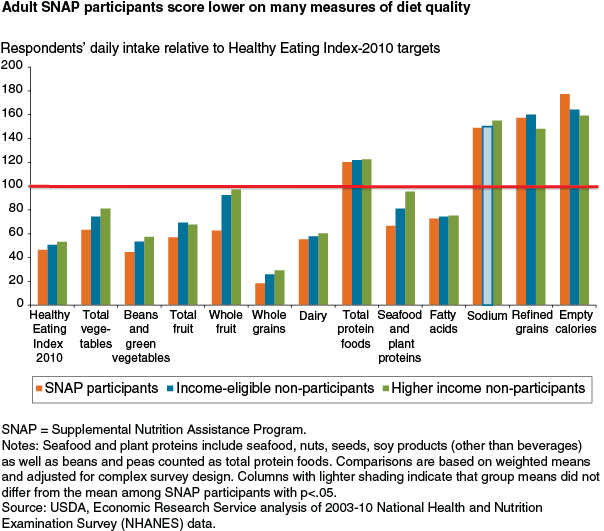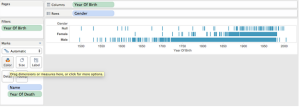Team: Mary Delaney and Stephen Suen
What: we are interested in understanding and presenting the trade-offs that people receiving SNAP benefits face, in terms of their time, their budget, and their other resources. To do this, we want to create a game that combines datasets that include characteristics of SNAP participants, cost of food, nutrition, and the cost of other resources to simulate the choices faced by a SNAP participant. To ground this experience further, we are going to focus on local data and base everything else off that, though given more time we could make it a tailored experience based on what location you were playing from.
Who: Our audience is non-SNAP participants interested in learning more about the program and its participants. Our game could also be used by classes, allowing players to get a better understanding of the realities of food insecurity.
Why: Our primary goal is increase awareness and empathy around the issue of food security.
We hope to educate the food secure about the challenges of food insecurity, including those that may not be immediately obvious. It is our hope that players, with their increased knowledge and empathy, will also be compelled to take action and help the food insecure.
How: We have discussed both single- and multi-player games and digital and physical games. We are currently undecided between a very immersive, narrative digital single-player game (likely to be made in Twine, a text-based choose-your-own-adventure game engine), which seeks to increase empathy and impel action, and a physical card-based multi-player game, which seeks to facilitate discussion of the issues faced by SNAP participants. We plan to build and playtest prototypes of both games to see which strategy will be most effective to pursue.

